True blue: Atelier Courbet and Buaisou shed light on an ancient craft
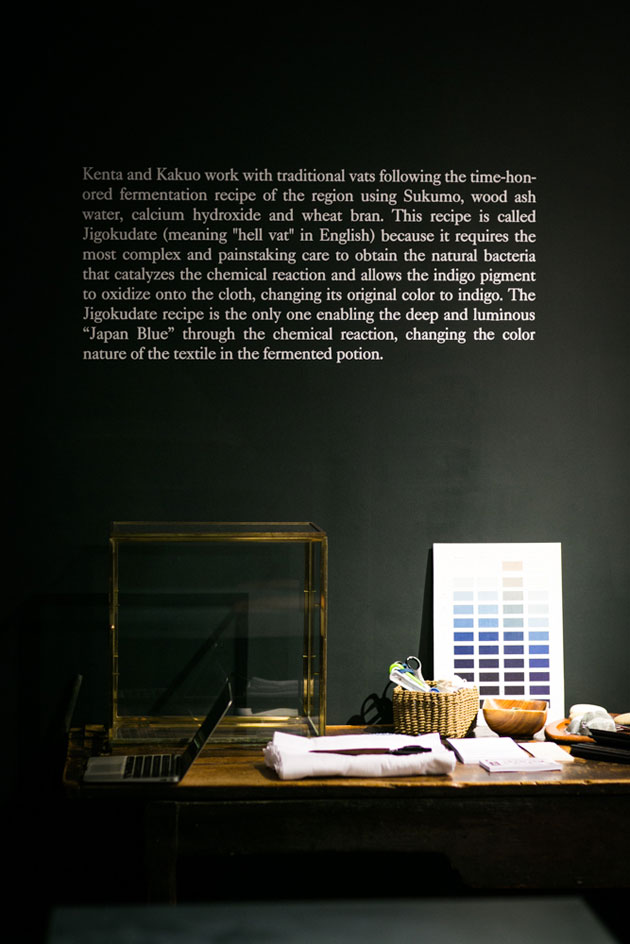
The elegant design shop and gallery, Atelier Courbet, has been flying a delicate flag for handcraftsmanship and exquisite design since it opened in Manhattan's well-heeled Nolita neighbourhood in 2013. Its current enterprise, Aizome Tradition of Tokushima - a beautifully formed exhibition that showcases the tradition of Japanese indigo dying - is no different. Set up in its bijou gallery, located adjacent to its main Brewer Carriage House space, Atelier Courbet has teamed up with Buaisou - a modern day artisanal workshop - to offer visitors an in-depth view of the savoir-faire behind this age-old craft.
Based in Tokushima, on Japan's Shikoku island, Buaisou is an indigo plant farm and dying workshop run by Kakuo Kaji and Kenta Watanabe. One of five remaining indigo plant farms that continue the 700-year-old tradition of harvesting indigo leaves and composting them to make indigo dye, Buaisou transplanted an iteration of its operation inside Atelier Courbet to host a series of dying workshops on its premises. From the large vats - where the indigo dye is made by fermenting the indigo leaf compost with wood ash, water, calcium hydroxide and wheat bran - to demonstrating the techniques that yield those iconic Japanese patterns, the exhibition and workshops both provide a special opportunity to understand the inner workings of indigo dying up close.
The workshops held at Atelier Courbet may have been by invitation only, but for those hoping to try their hand at dying for themselves, Buaisou has recently opened a Brooklyn atelier armed with a host of programming and hand-dyed offerings.
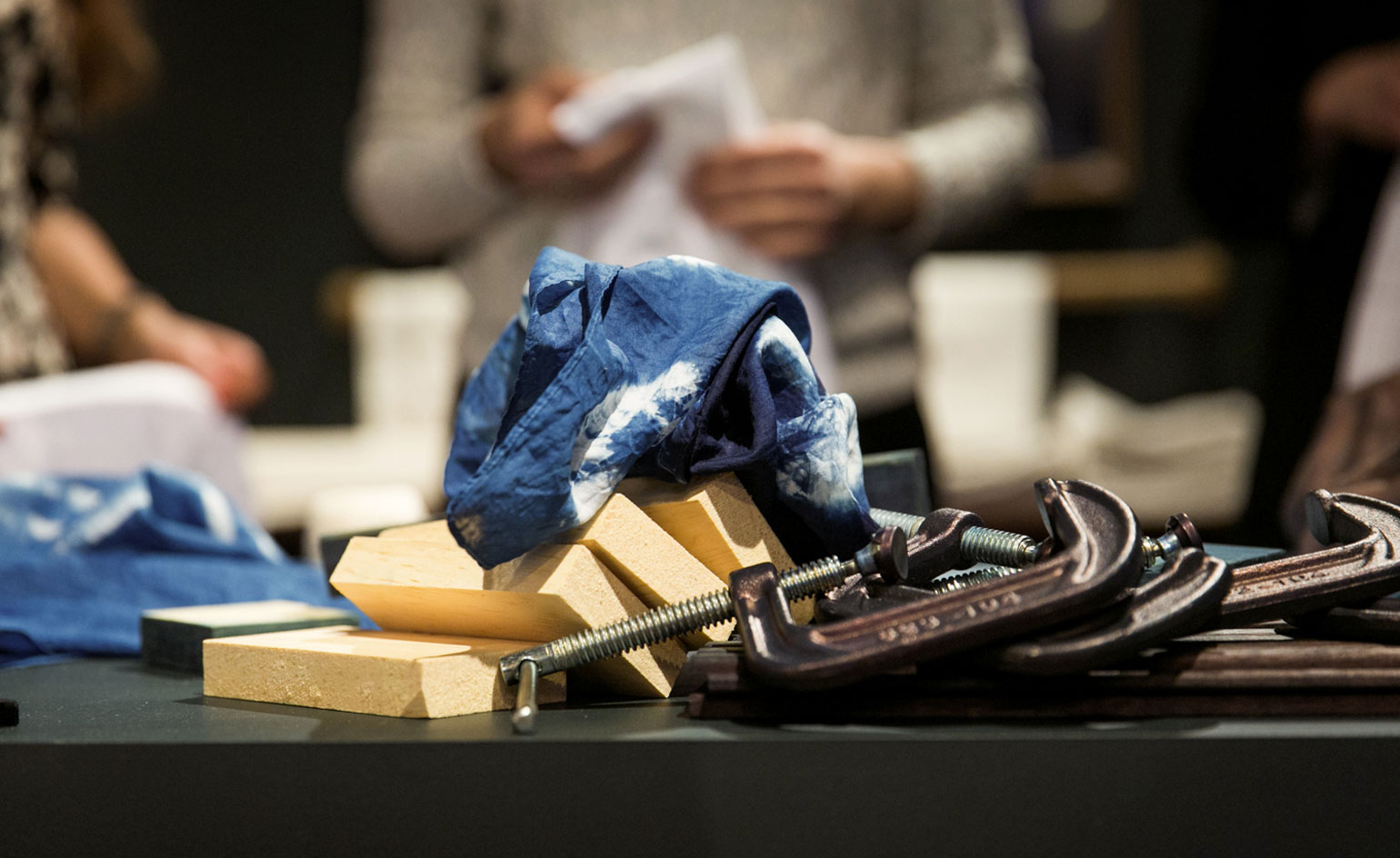
Set up in its bijou gallery next door, Atelier Courbet has teamed up with Brooklyn bluesmasters Buaisou, offering an in-depth view of this age-old craft

Buaisou is one of just five remaining authentic Japanese indigo plant farms. The dying process is a 700-year-old tradition
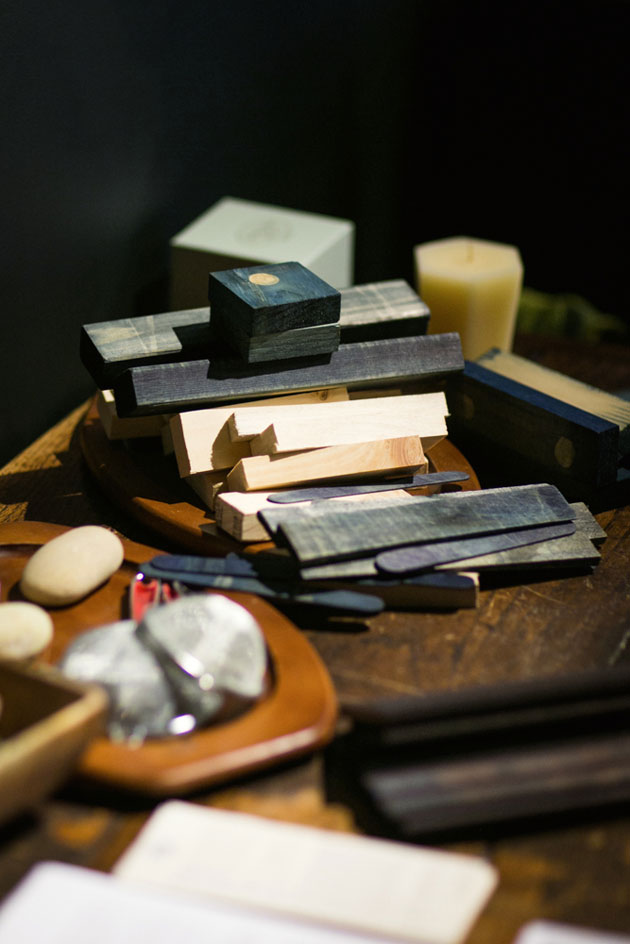
Pieces of wood showing the variation in tone, shade and hue the dying process can create
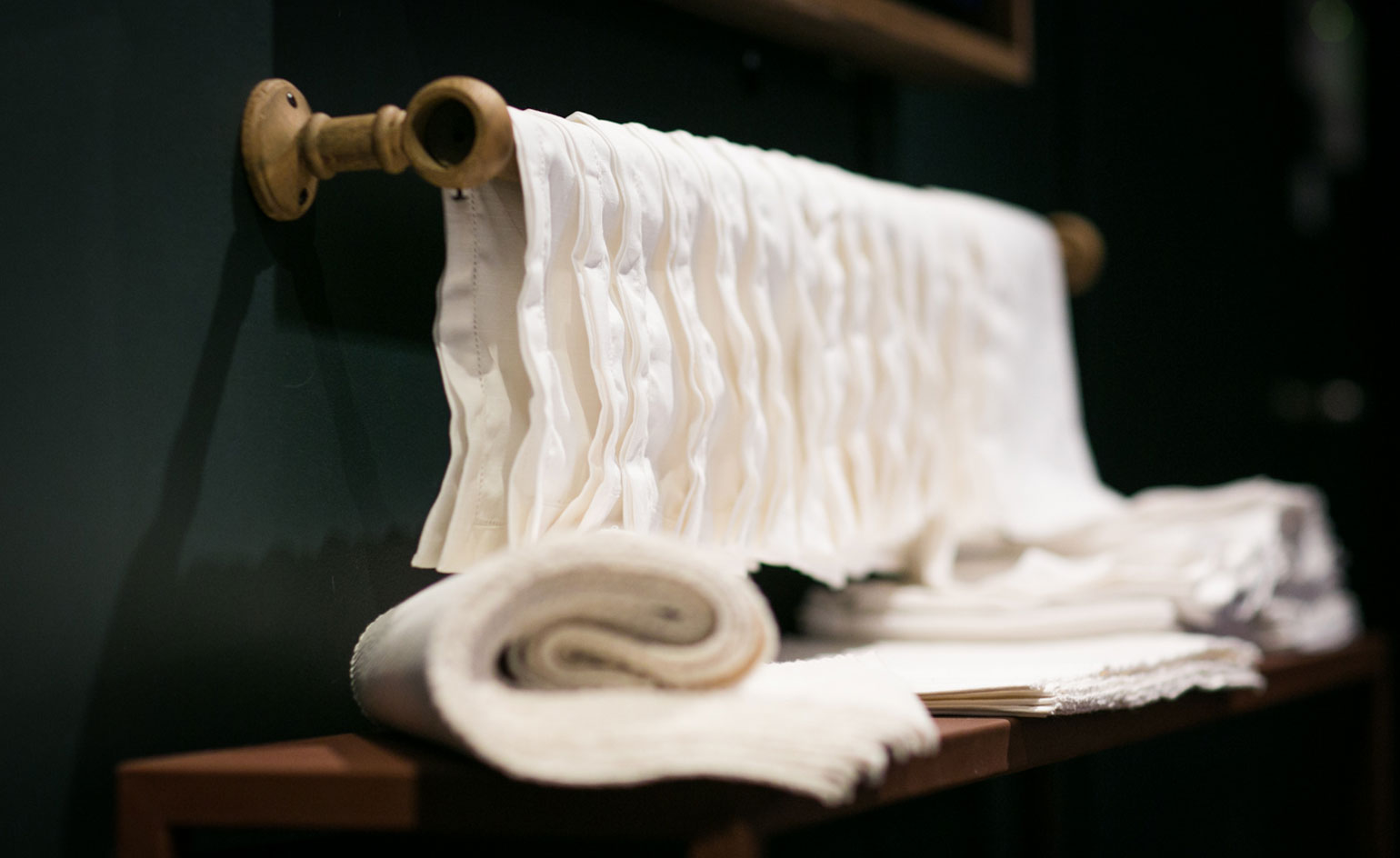
Pristine, white cloths, waiting to be dyed

The dye itself is a batter-like mixture, made from fermented indigo leaves, wood ash, water, wheat bran and calcium dioxide

The techniques are as varied as the iconic patterns the process produces. Here, a cloth is knotted to create a tie-dye effect
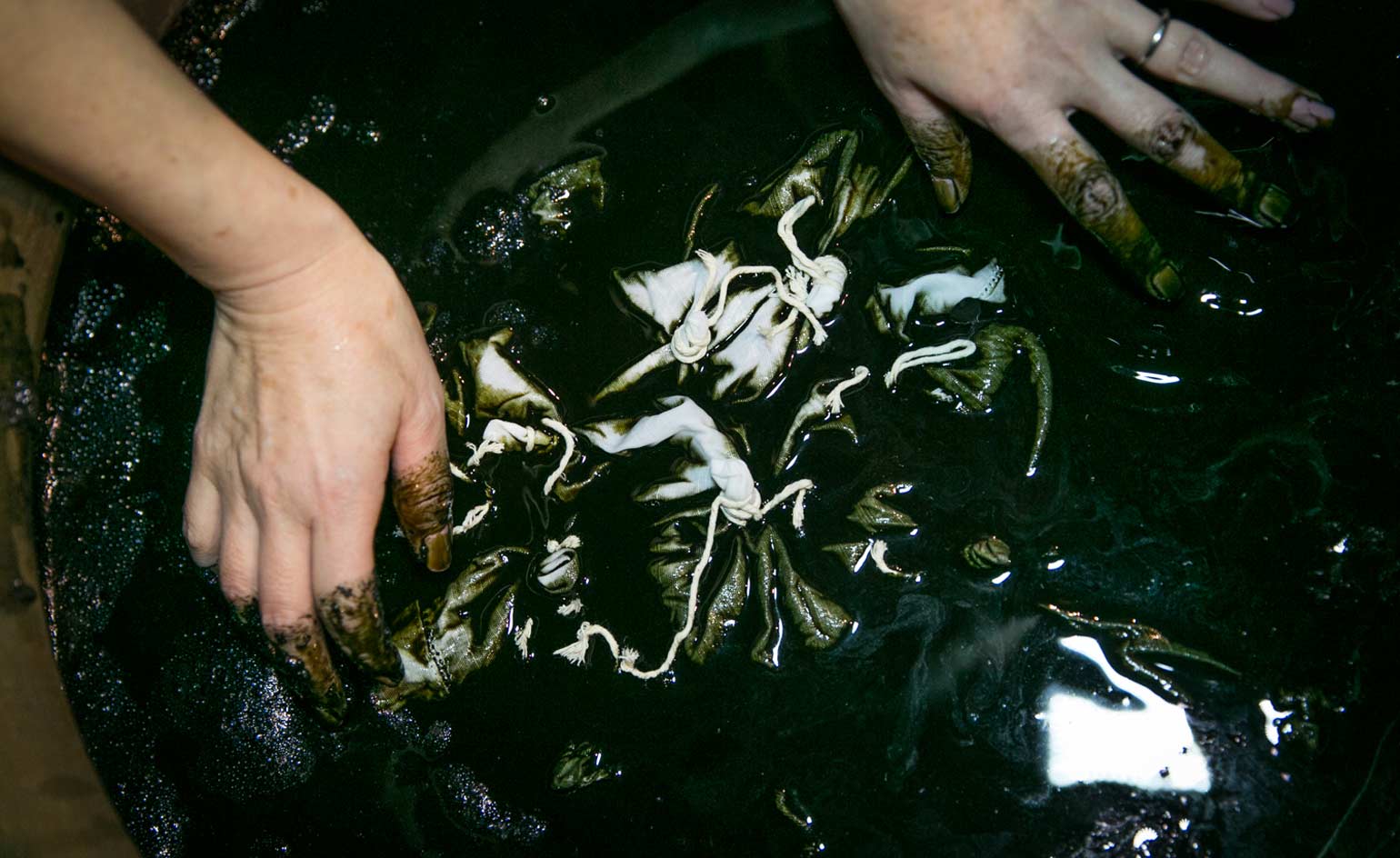
The cloth is then drowned in the dark blue dye

To ensure the cloth becomes fully saturated, a hands-on approach is required. No fingernail escapes unscathed
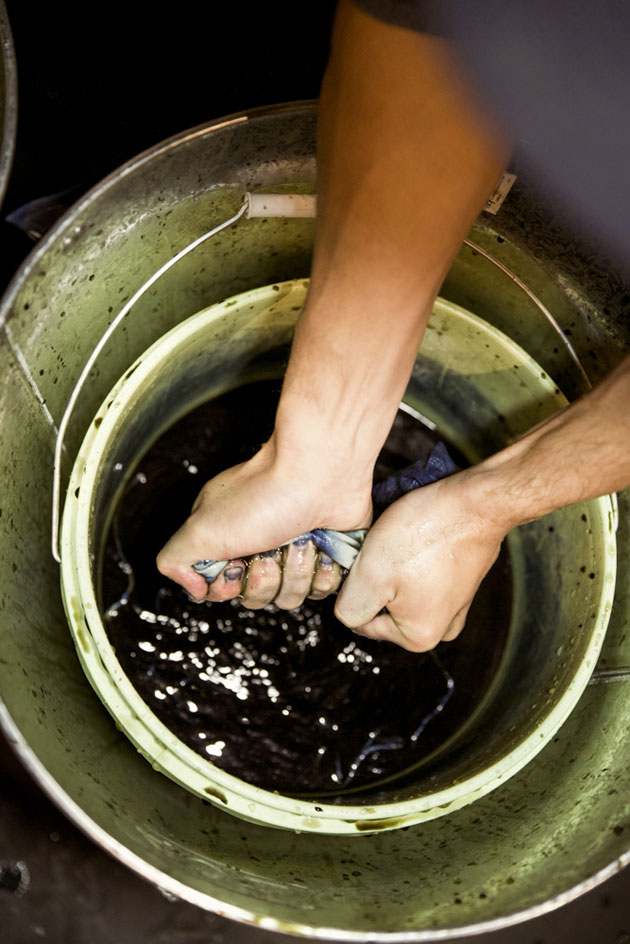
Washing and wringing
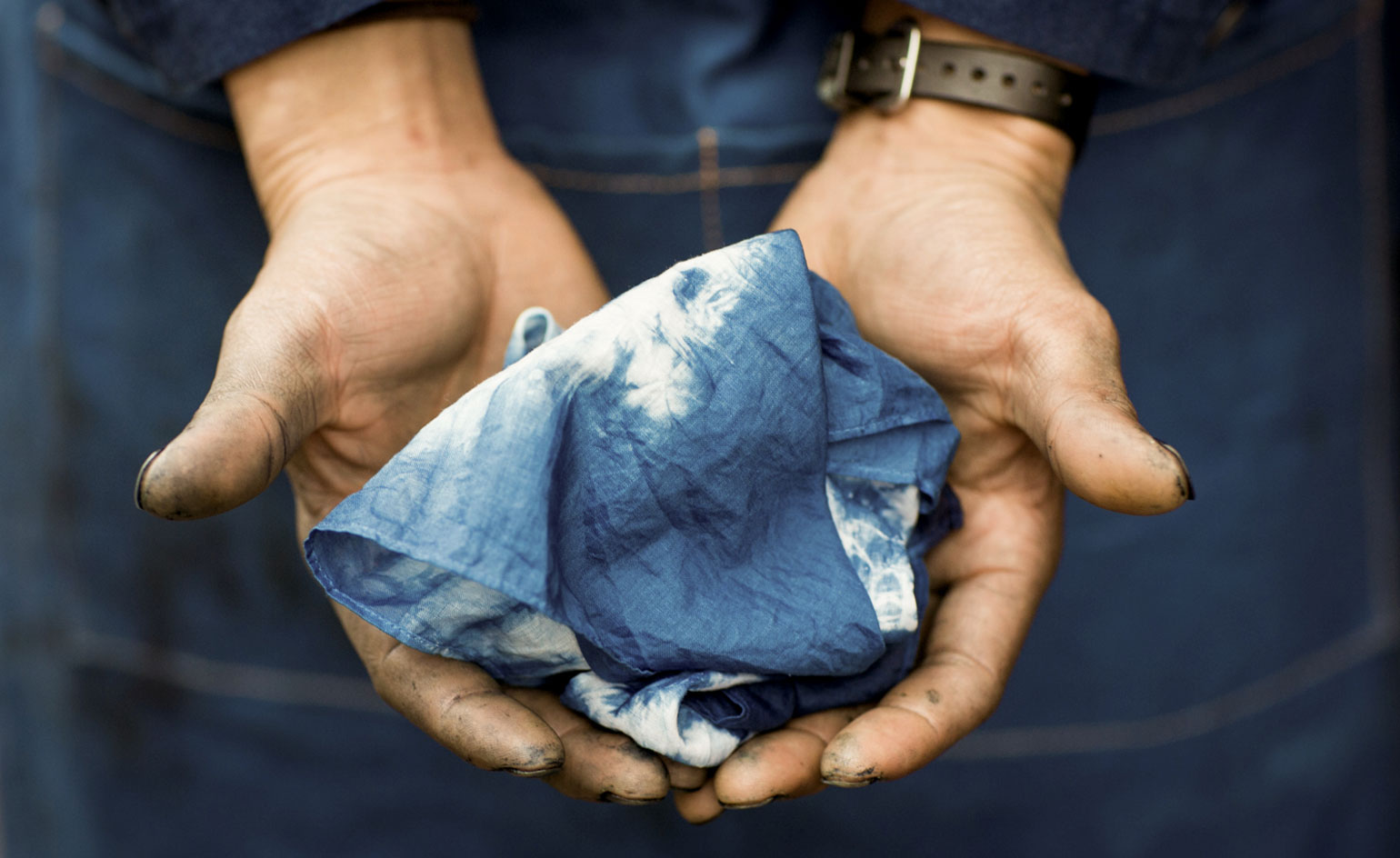
The finished piece: sky blue and cloud white, by way of deep midnight
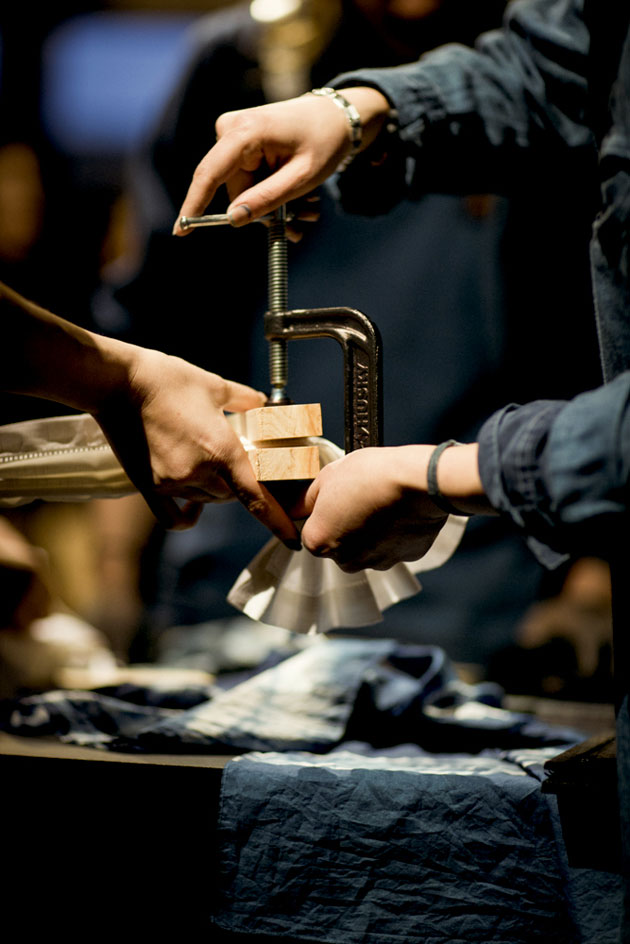
A clamp is used to hold concertina pleats in place, ensuring the dye doesn't penetrate too deeply into the fabric
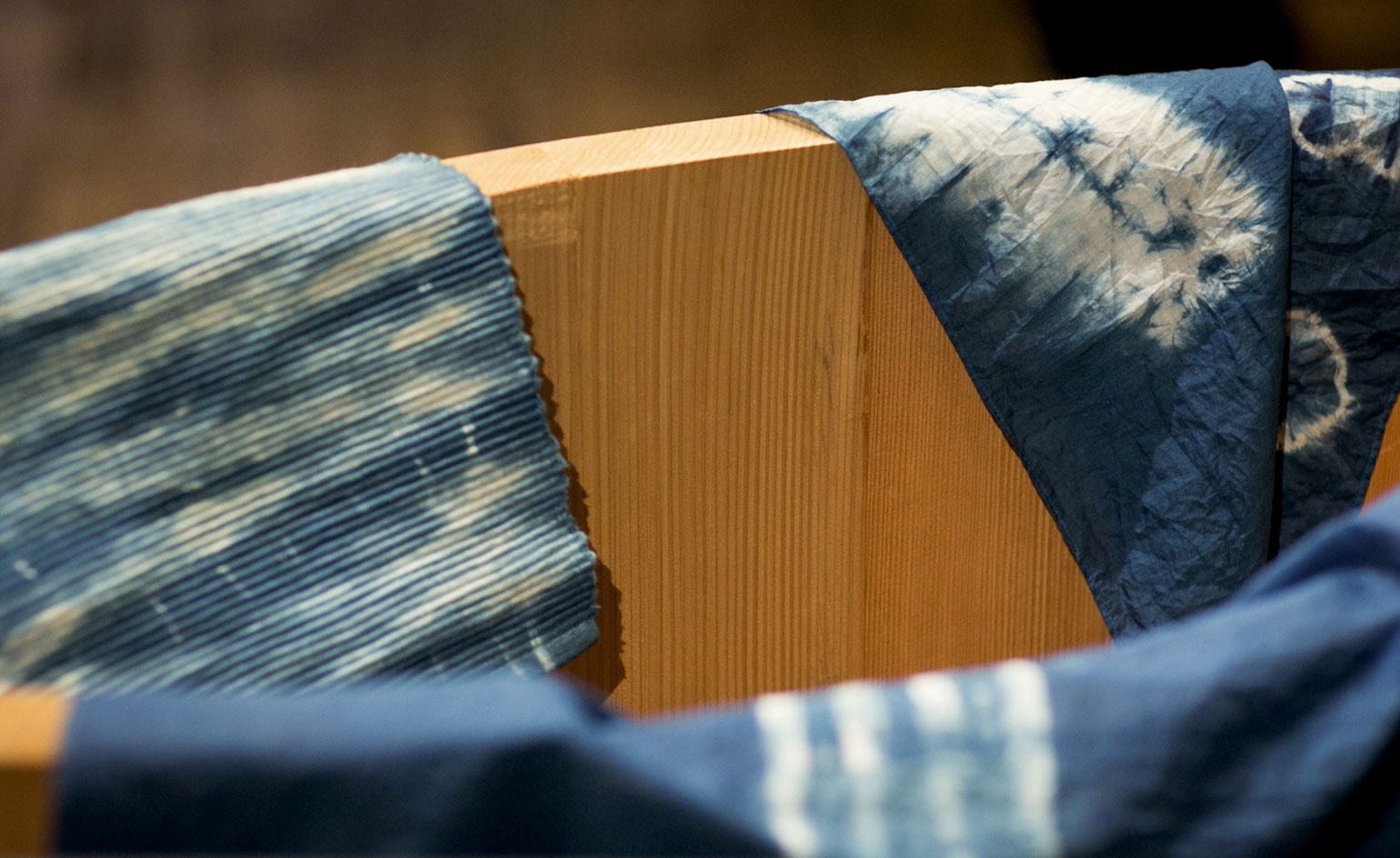
With such an emphasis on manual craftsmanship, no two pieces are ever the same

Woven wood in myriad shades of this ancient dye
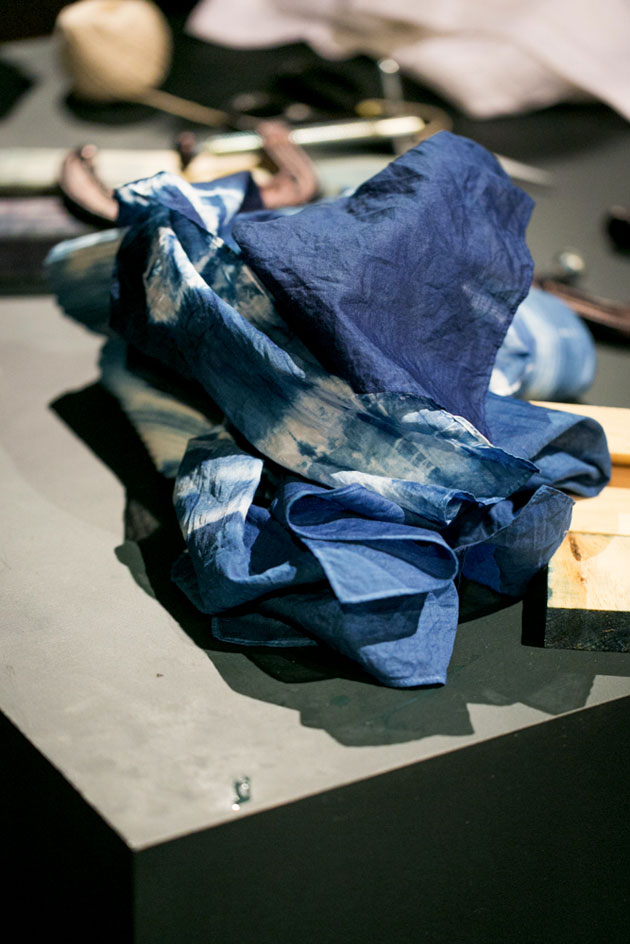
For those hoping to try their hand at dying for themselves, Buaisou has recently opened a Brooklyn atelier armed with a packed schedule and hand-dyed offerings
ADDRESS
Atelier Courbet
175 Mott Street
New York 10012
Receive our daily digest of inspiration, escapism and design stories from around the world direct to your inbox.
Pei-Ru Keh is a former US Editor at Wallpaper*. Born and raised in Singapore, she has been a New Yorker since 2013. Pei-Ru held various titles at Wallpaper* between 2007 and 2023. She reports on design, tech, art, architecture, fashion, beauty and lifestyle happenings in the United States, both in print and digitally. Pei-Ru took a key role in championing diversity and representation within Wallpaper's content pillars, actively seeking out stories that reflect a wide range of perspectives. She lives in Brooklyn with her husband and two children, and is currently learning how to drive.
-
 High in the Giant Mountains, this new chalet by edit! architects is perfect for snowy sojourns
High in the Giant Mountains, this new chalet by edit! architects is perfect for snowy sojournsIn the Czech Republic, Na Kukačkách is an elegant upgrade of the region's traditional chalet typology
-
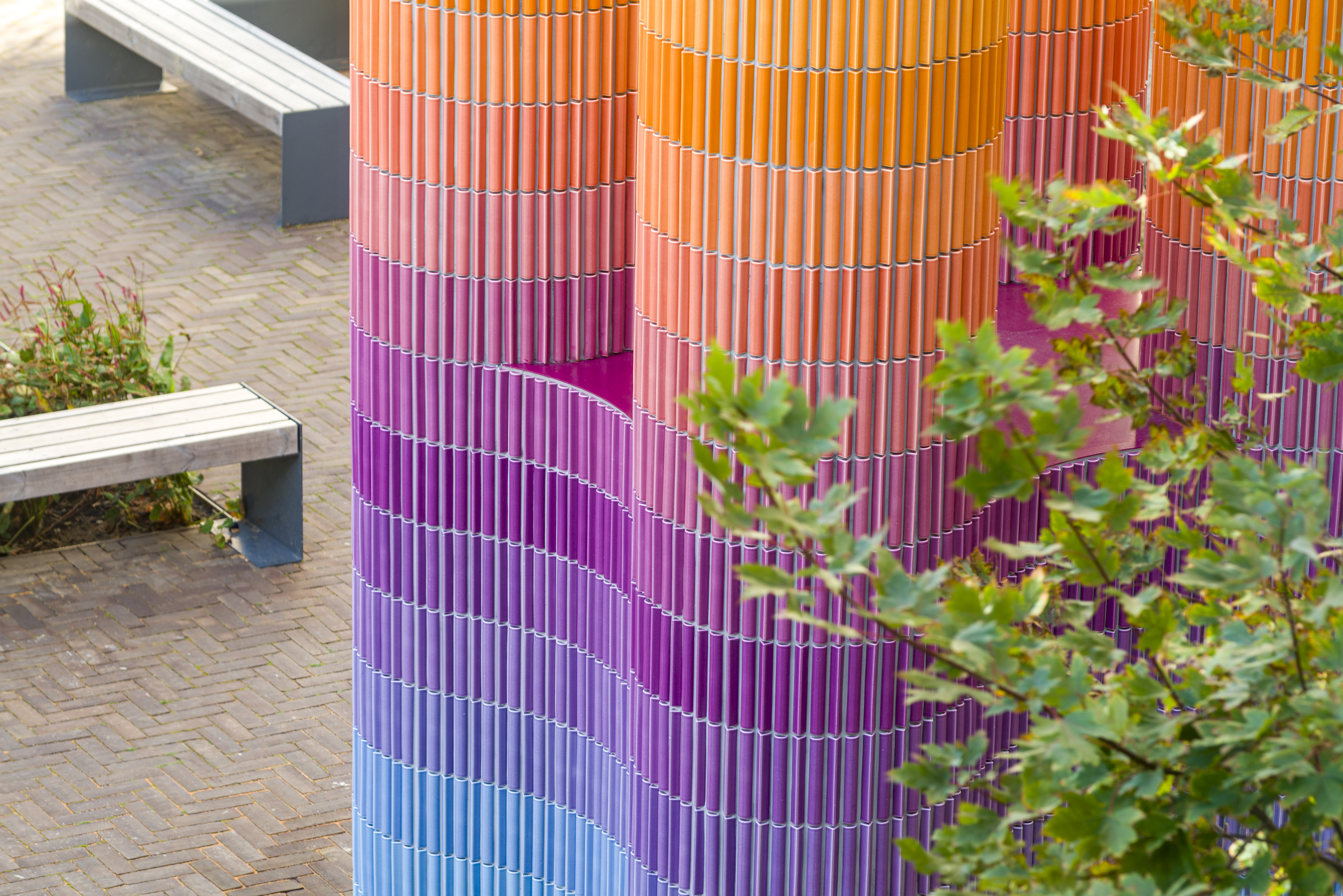 'It offers us an escape, a route out of our own heads' – Adam Nathaniel Furman on public art
'It offers us an escape, a route out of our own heads' – Adam Nathaniel Furman on public artWe talk to Adam Nathaniel Furman on art in the public realm – and the important role of vibrancy, colour and the power of permanence in our urban environment
-
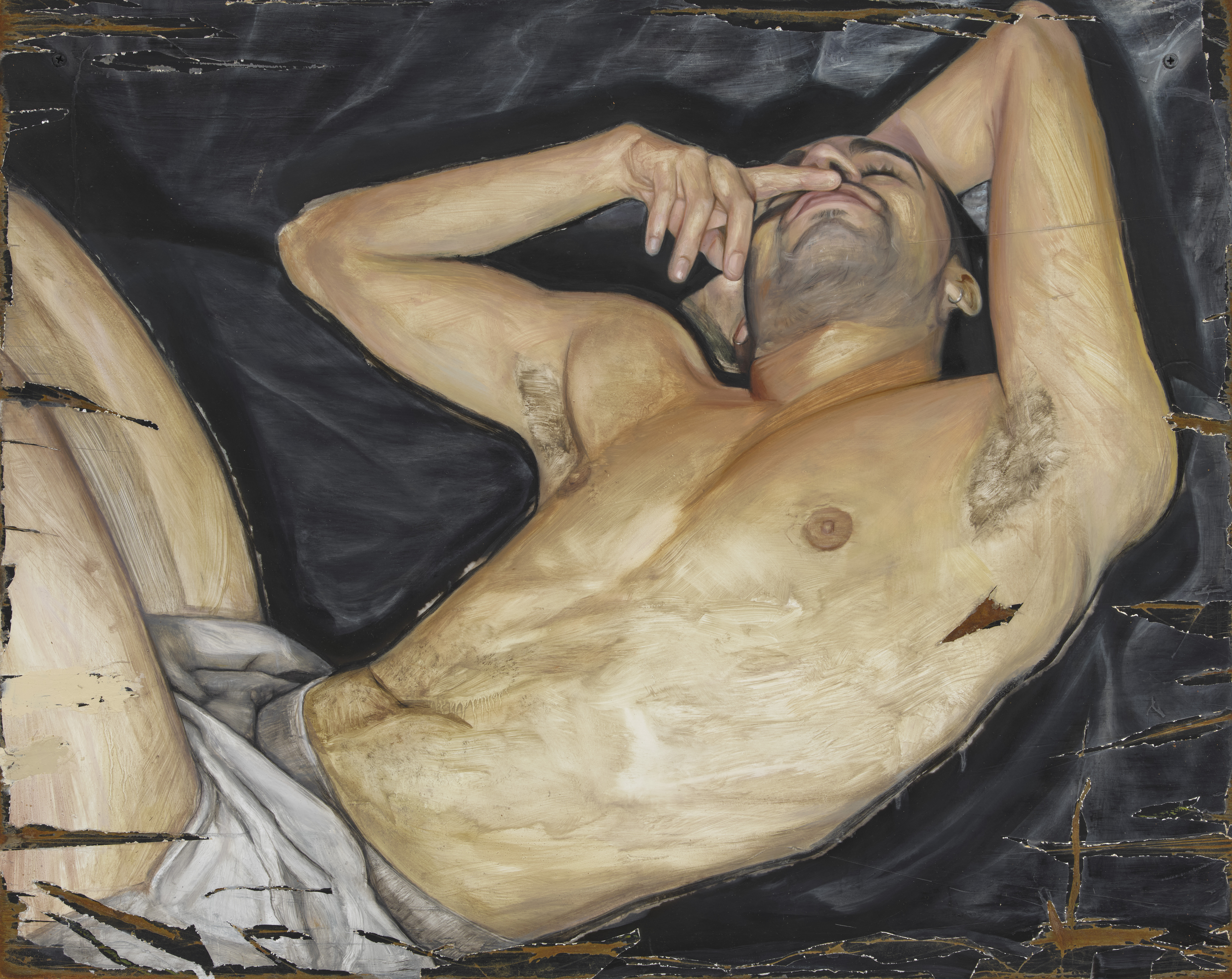 'I have always been interested in debasement as purification': Sam Lipp dissects the body in London
'I have always been interested in debasement as purification': Sam Lipp dissects the body in LondonSam Lipp rethinks traditional portraiture in 'Base', a new show at Soft Opening gallery, London
-
 Yuko Mohri’s living installations play on Marcel Duchamp’s surrealism
Yuko Mohri’s living installations play on Marcel Duchamp’s surrealismThe artist’s seven new works on show at Milan’s Pirelli HangarBicocca explore the real and imaginary connections that run through society
-
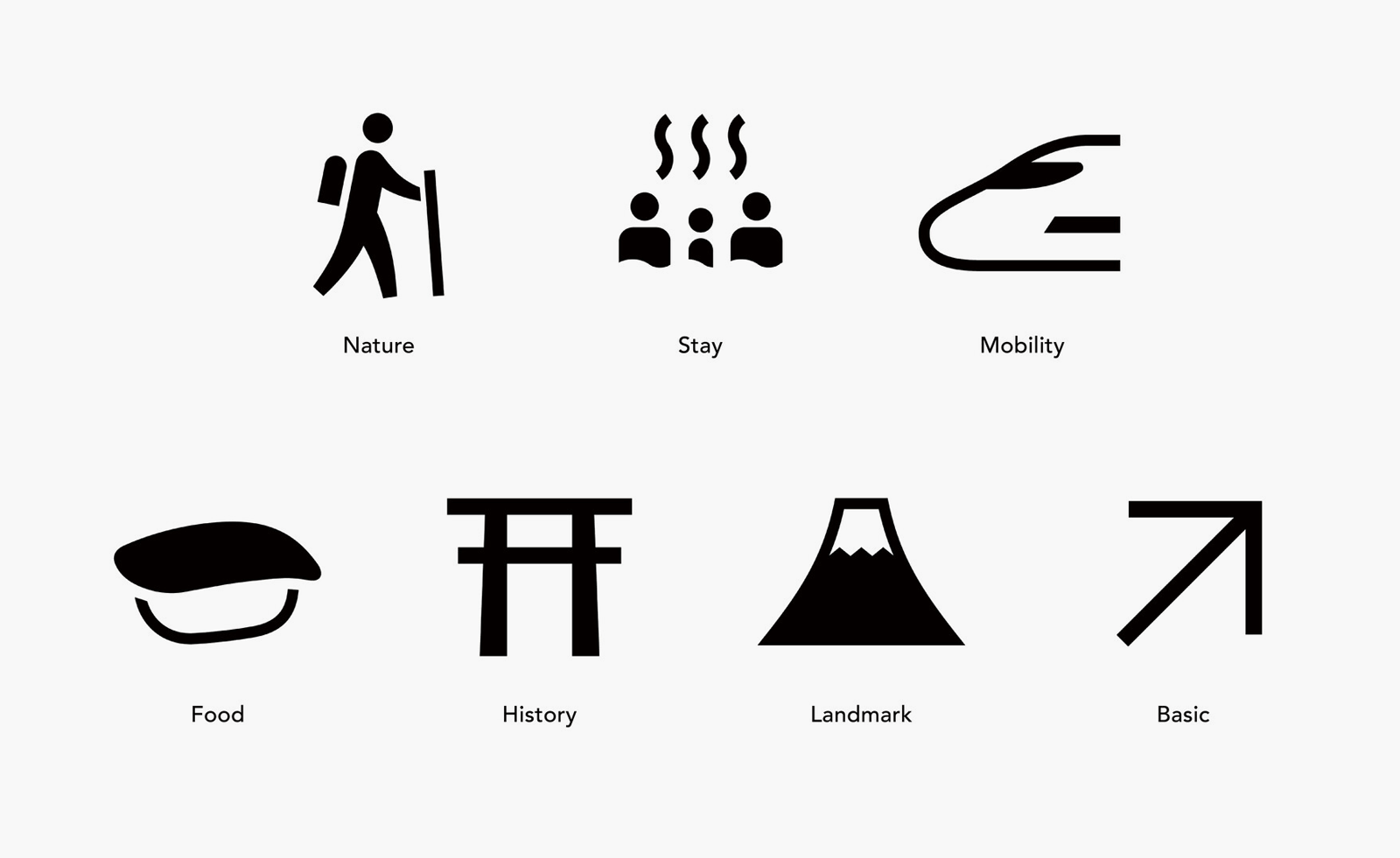 Get the picture? A new exhibition explores the beautiful simplicity of Japanese pictograms
Get the picture? A new exhibition explores the beautiful simplicity of Japanese pictogramsThe simple, minimalist forms of a pictogram are uniquely Japanese, as new exhibition 'Pictograms: Iconic Japanese Designs' illustrates
-
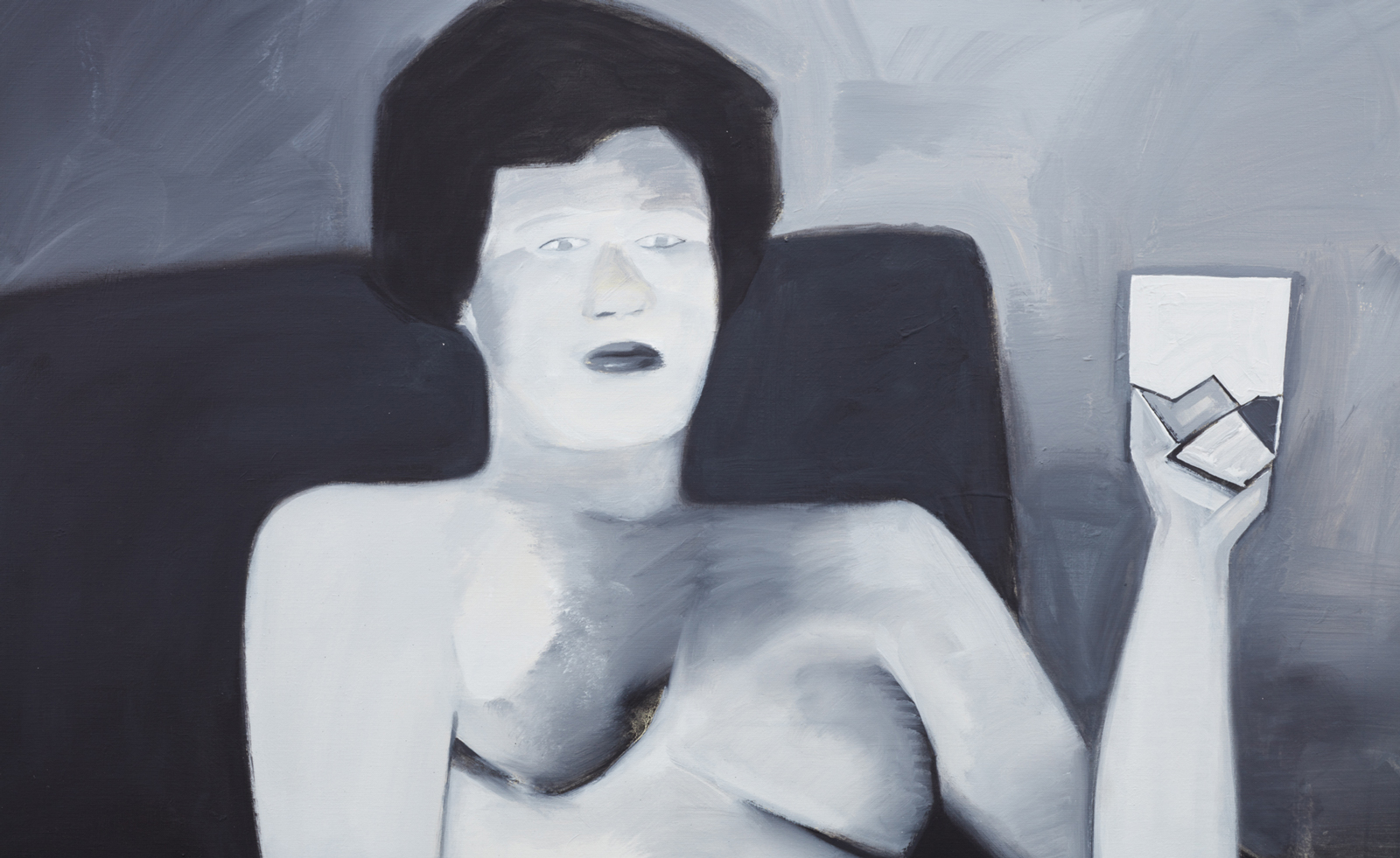 BLUM marks 30 years of Japanese contemporary art in America
BLUM marks 30 years of Japanese contemporary art in AmericaBLUM will take ‘Thirty Years: Written with a Splash of Blood’ to its New York space in September 2024, continuing its celebration of Japanese contemporary art in America
-
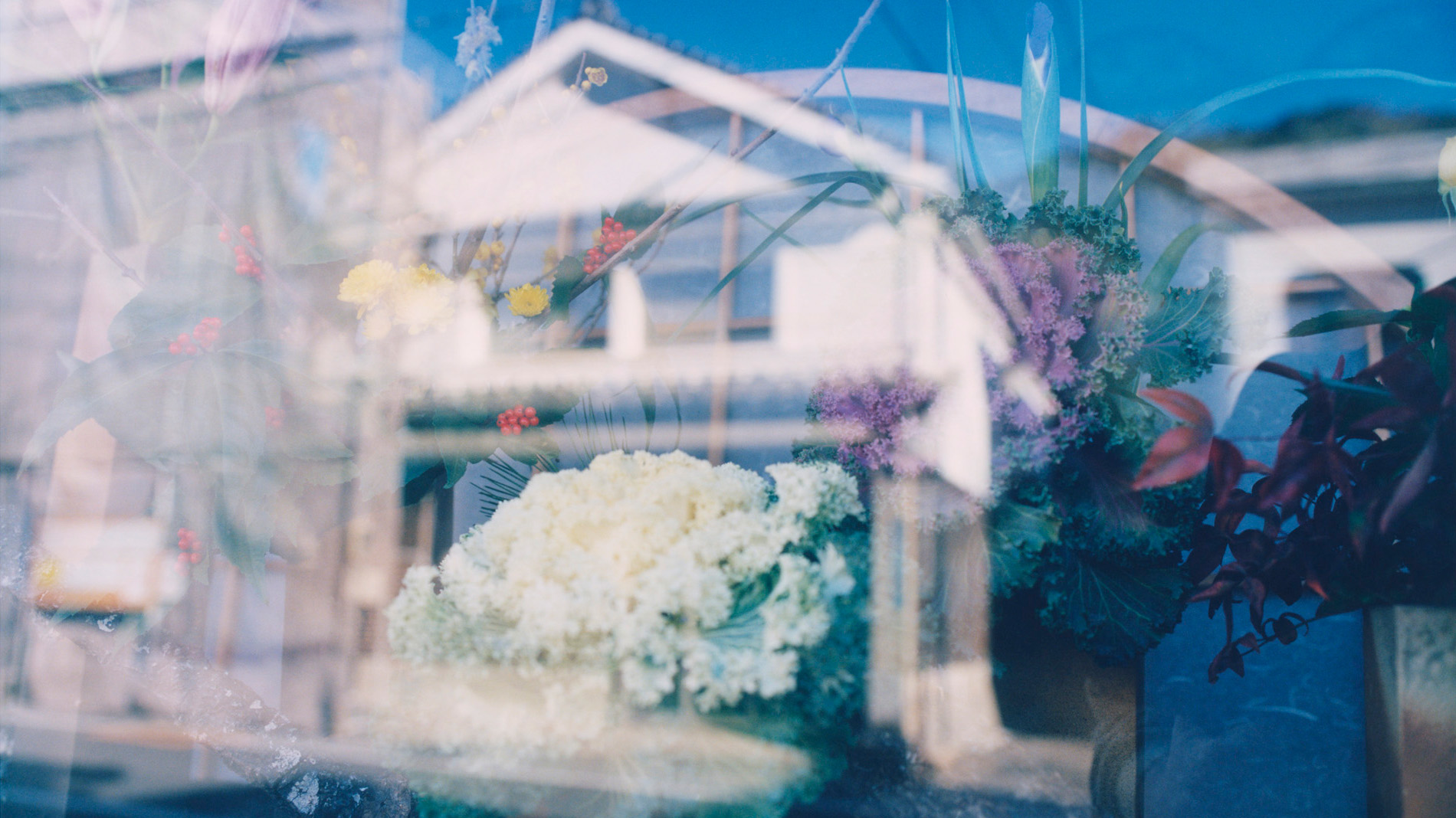 Photographer David Abrahams captures quiet moments in Japan for his new London show
Photographer David Abrahams captures quiet moments in Japan for his new London show‘Kyushu’ is a new show from photographer David Abrahams that documents his trip to a town on the Japanese island
-
 Chiharu Shiota’s ‘labyrinth within a labyrinth’ at Copenhagen’s Cisternerne
Chiharu Shiota’s ‘labyrinth within a labyrinth’ at Copenhagen’s CisternerneChiharu Shiota has become the latest artist to take over the arched depths of Copenhagen’s Cisternerne. Titled Multiple Realities, her installation is a poetic landscape of web-like yarn, both serene and unsettling
-
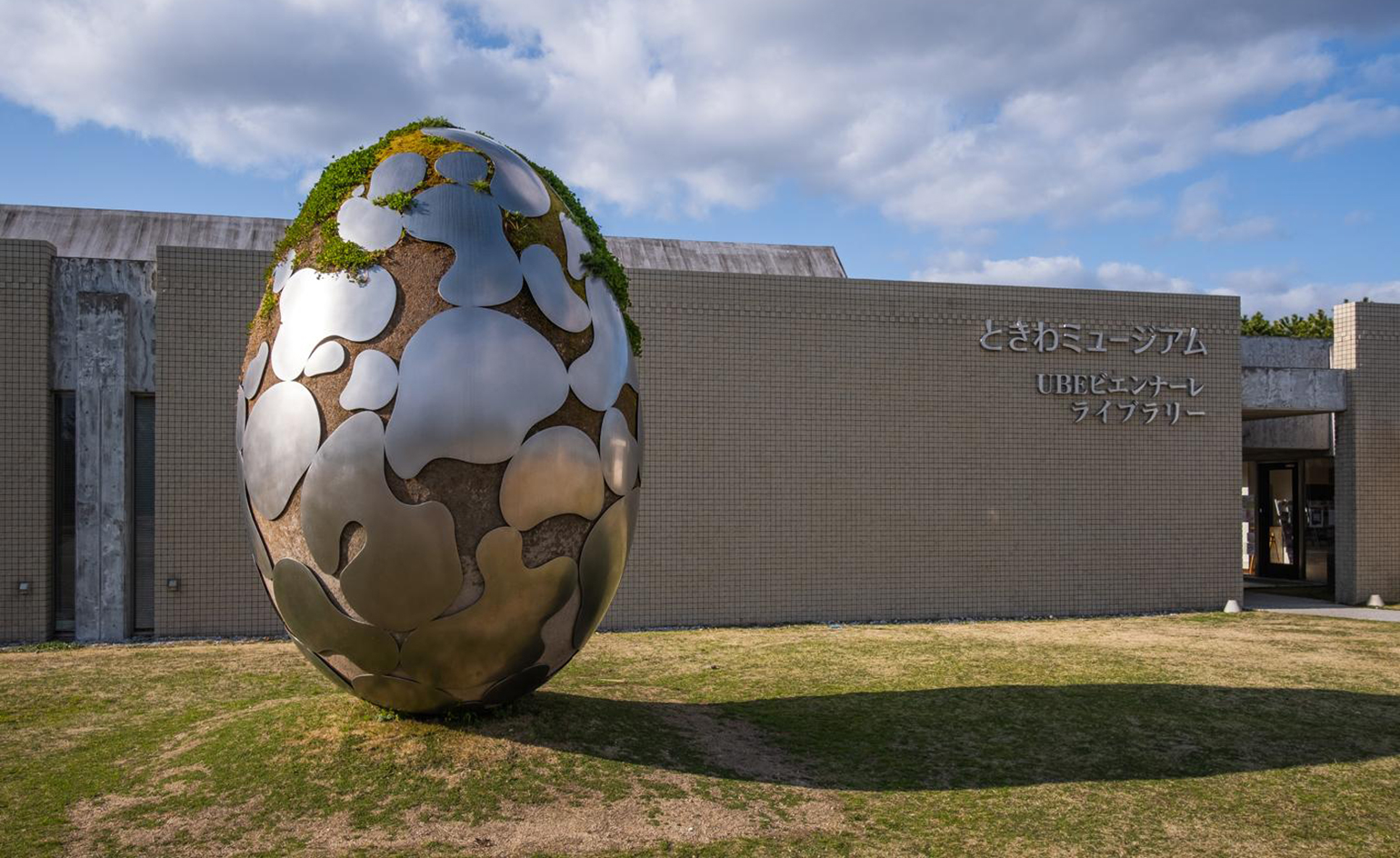 Celebrating Japanese art and culture for National Foundation Day
Celebrating Japanese art and culture for National Foundation DayTo mark Japan’s National Foundation Day (11 February 2022) we revisit recent art features that illustrate the breadth and depth of contemporary Japanese art
-
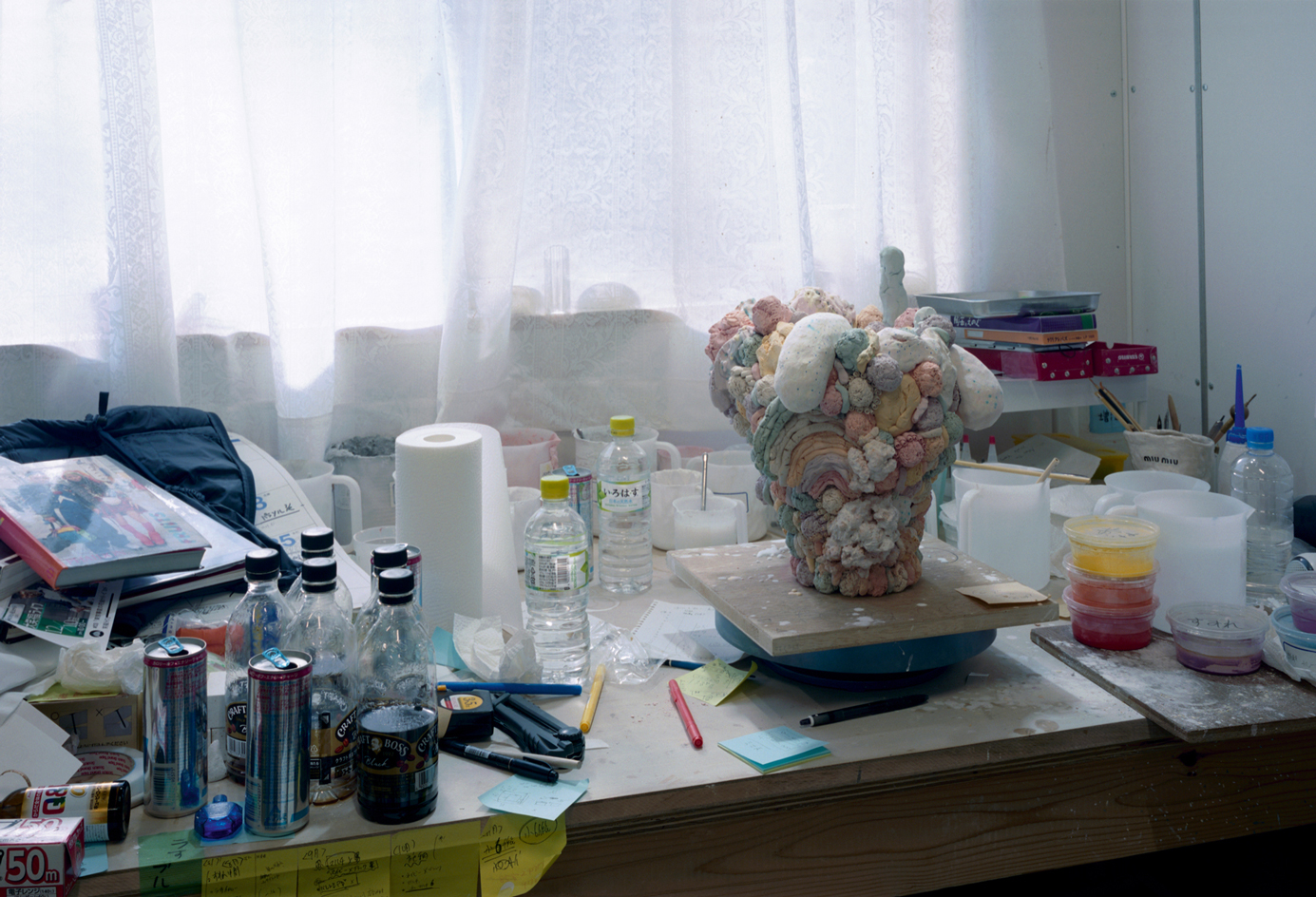 Kazuhito Kawai’s quest for ugly beauty in ceramic art
Kazuhito Kawai’s quest for ugly beauty in ceramic artAhead of a show at Steve Turner Gallery, LA, Japanese ceramic artist Kazuhito Kawai discusses the origins of his deliberately deformed kaleidoscopic creations
-
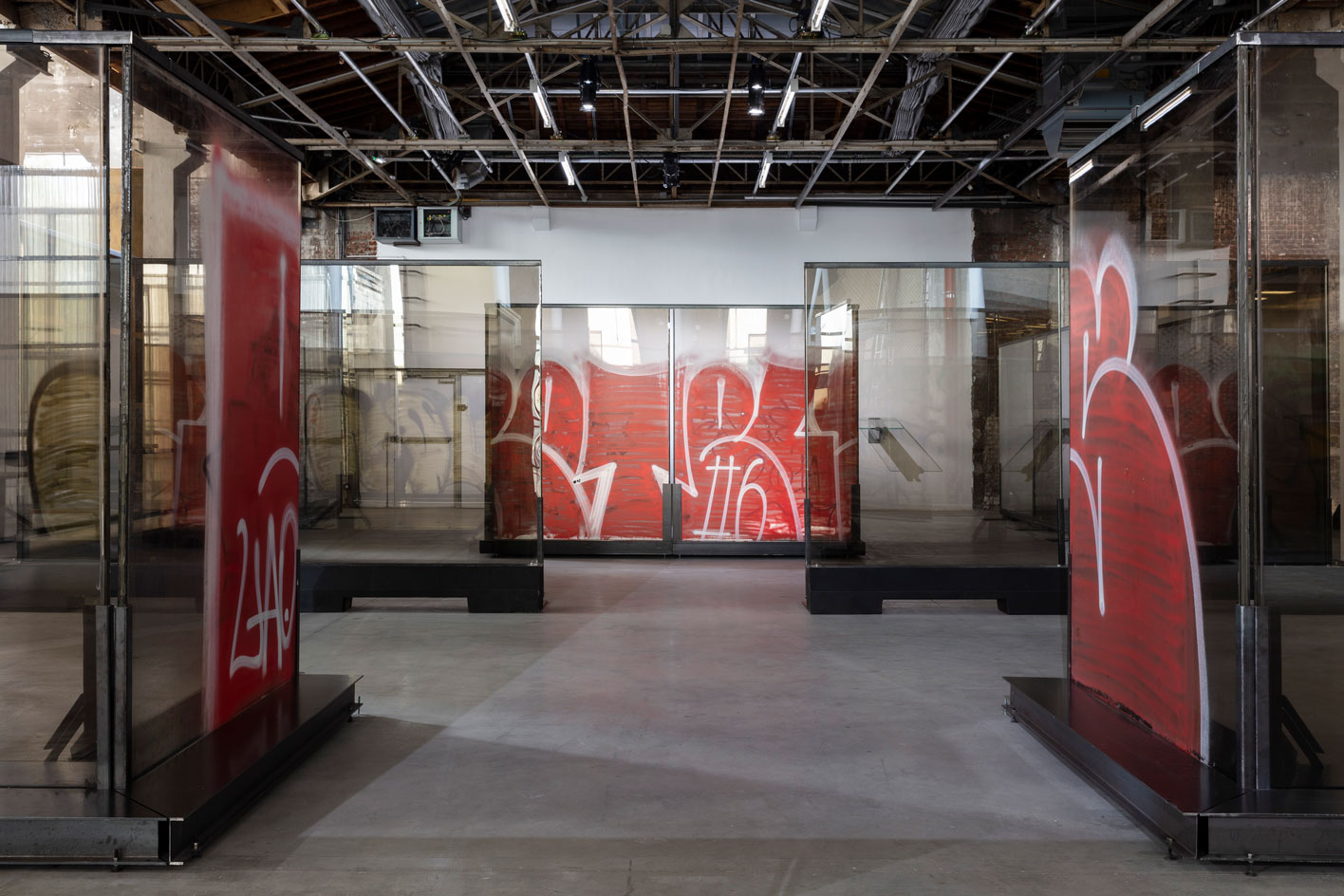 Anne Imhof: body language as tool, canvas and concept
Anne Imhof: body language as tool, canvas and conceptAnne Imhof is one of five radical artists chosen by Michèle Lamy for Wallpaper’s 25th Anniversary Issue ‘5x5’ project. In the midst of Imhof’s carte blanche at Paris’ Palais de Tokyo, we explore how she has redefined the concept of body language